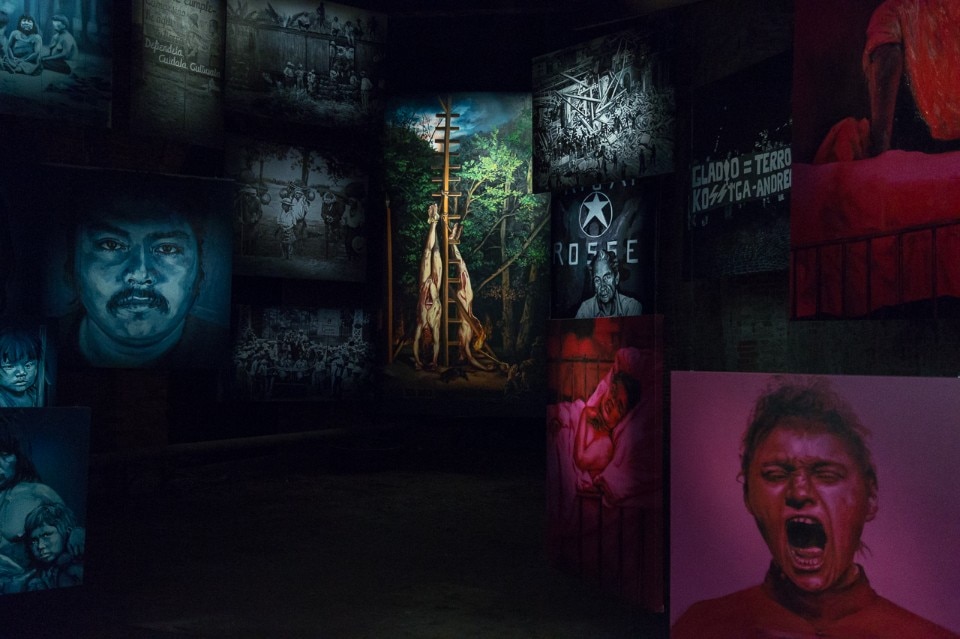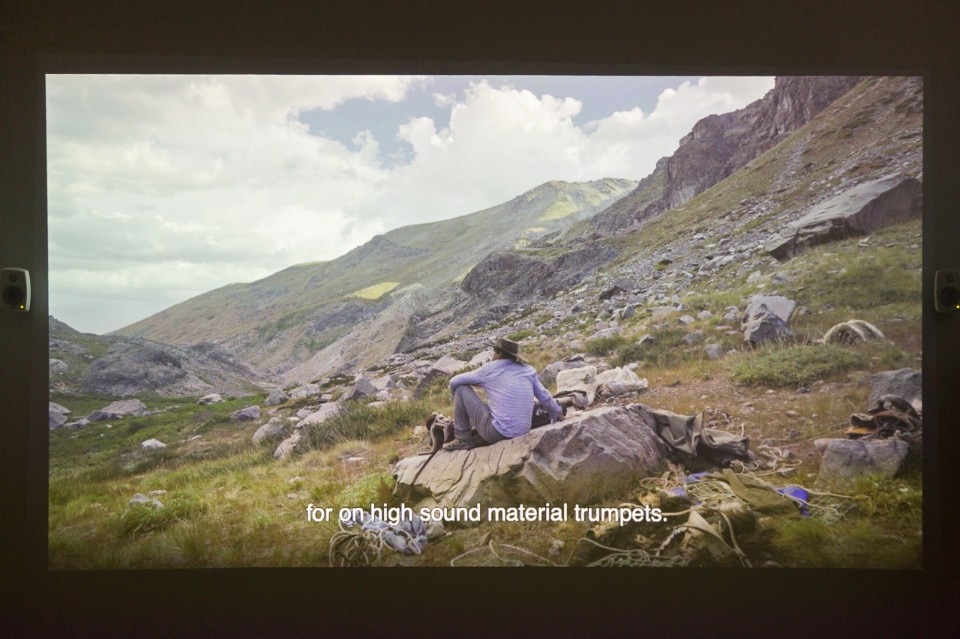The fact that the interpretation of everything depends on one’s point of view is nothing new, and in terms of the history of art it is an ancient concept. If we were to remove Michelangelo’s David from his pedestal, certain parts of his anatomy would seem decidedly disproportionate. Anthropology has done much in recent times to underline this concept from a historical point of view, highlighting through a reflection on post-colonialism how much the view of the world is distorted and constructed from a single point of view: that of the strongest, or rather of the West. Because of this vision, there are still deep-rooted cultural convictions that require a change in perspective in order to be dismantled and re-read in light of a new awareness.
The project by Voluspa Jarpa for the Chilean pavilion works in precisely this direction, attempting to reveal the limits of a vision as distorted as the Eurocentric view through which the history of the world has been written until now.
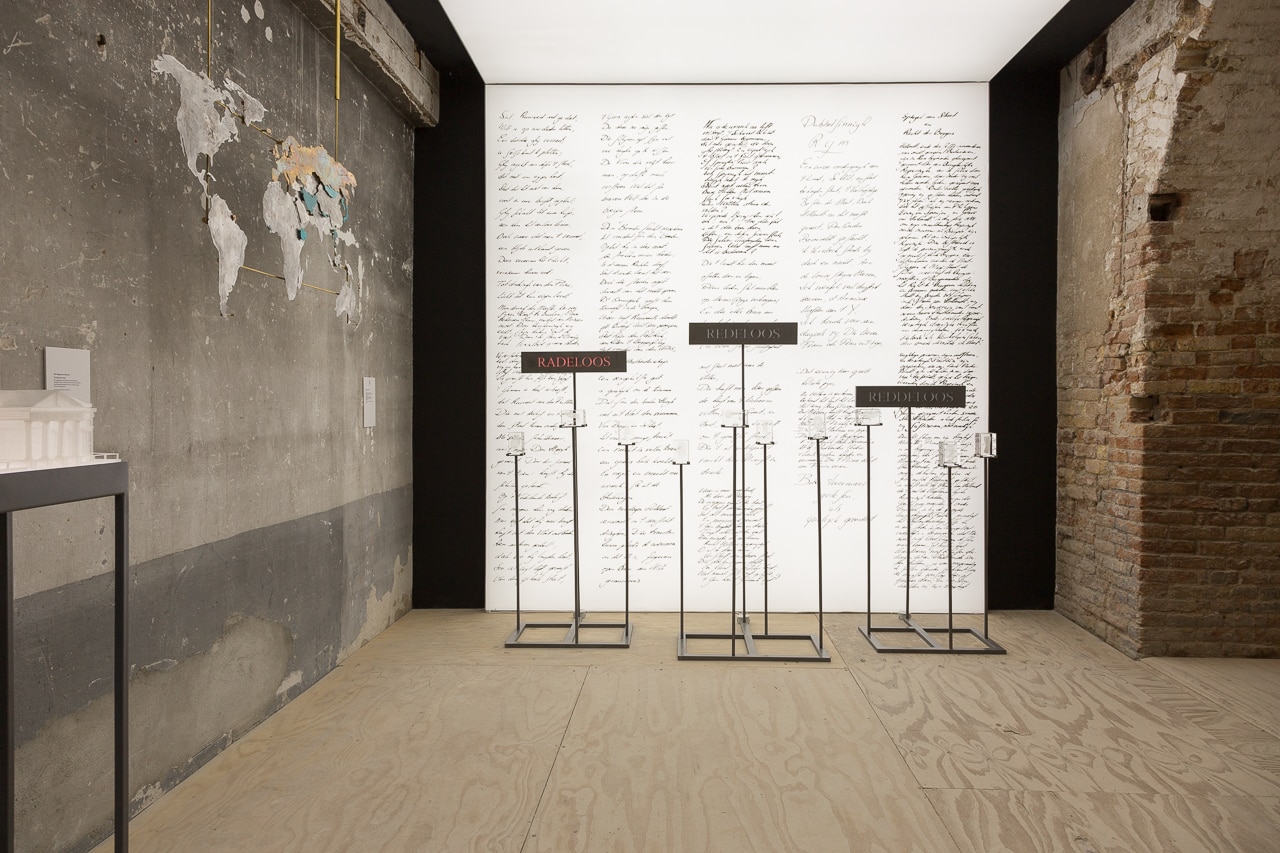
 View gallery
View gallery
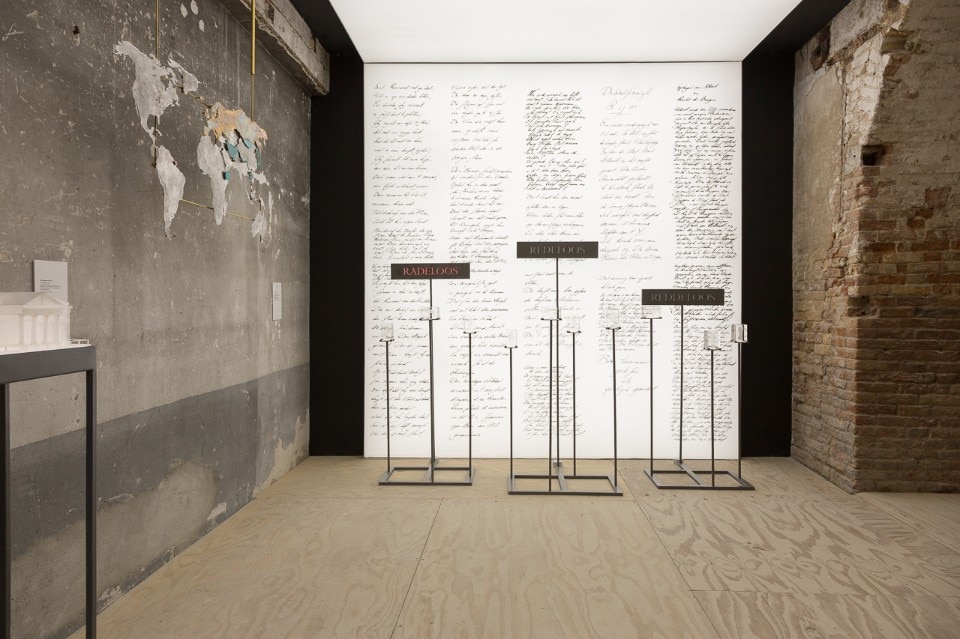
Chilean pavilion
58th International Art Exhibition - La Biennale di Venezia, “May You Live in Interesting Times”
Photo Giulia Di Lenarda
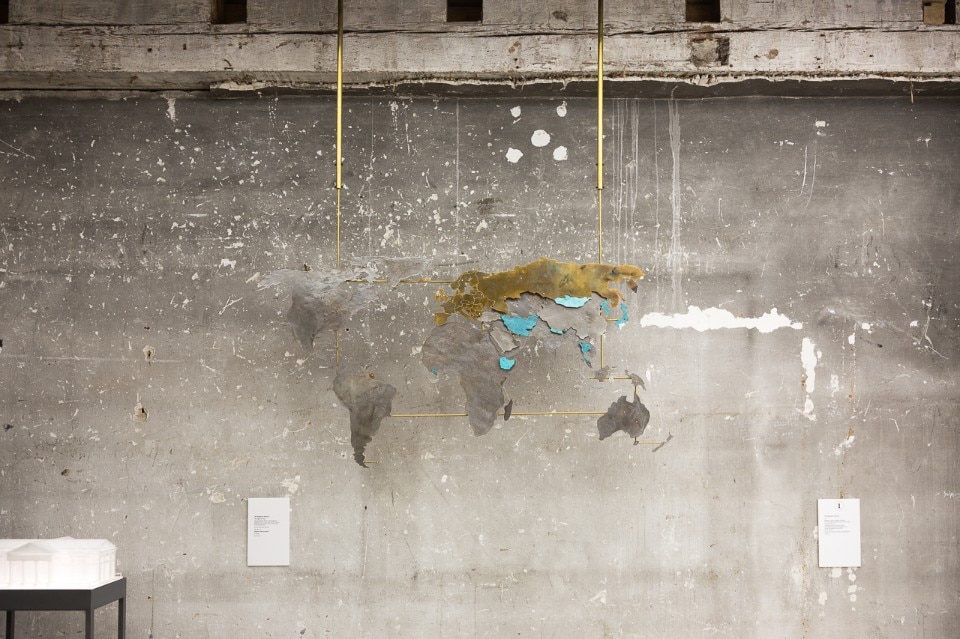
Chilean pavilion
58th International Art Exhibition - La Biennale di Venezia, “May You Live in Interesting Times”
Photo Giulia Di Lenarda
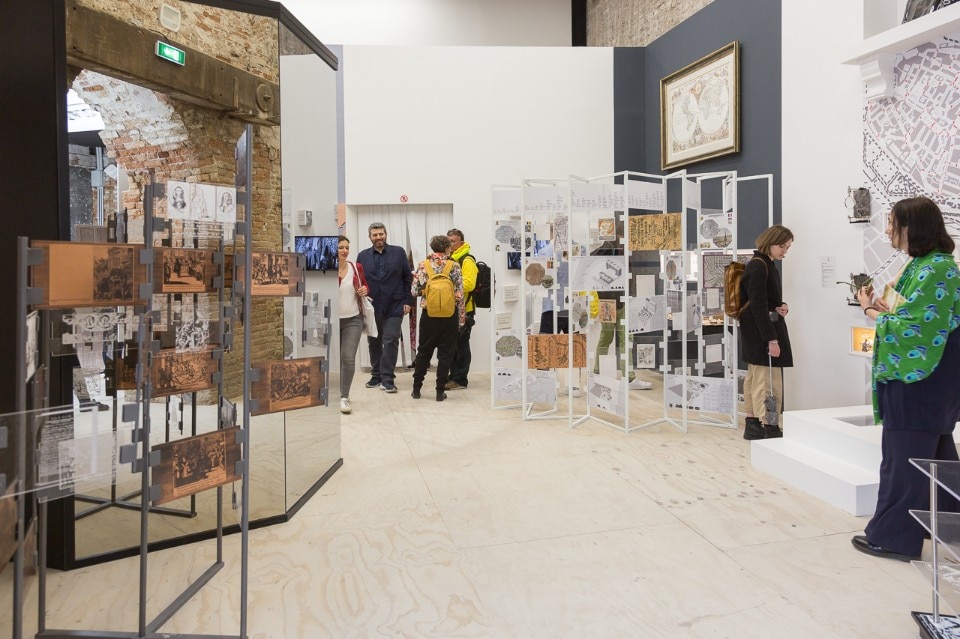
Chilean pavilion
58th International Art Exhibition - La Biennale di Venezia, “May You Live in Interesting Times”
Photo Giulia Di Lenarda
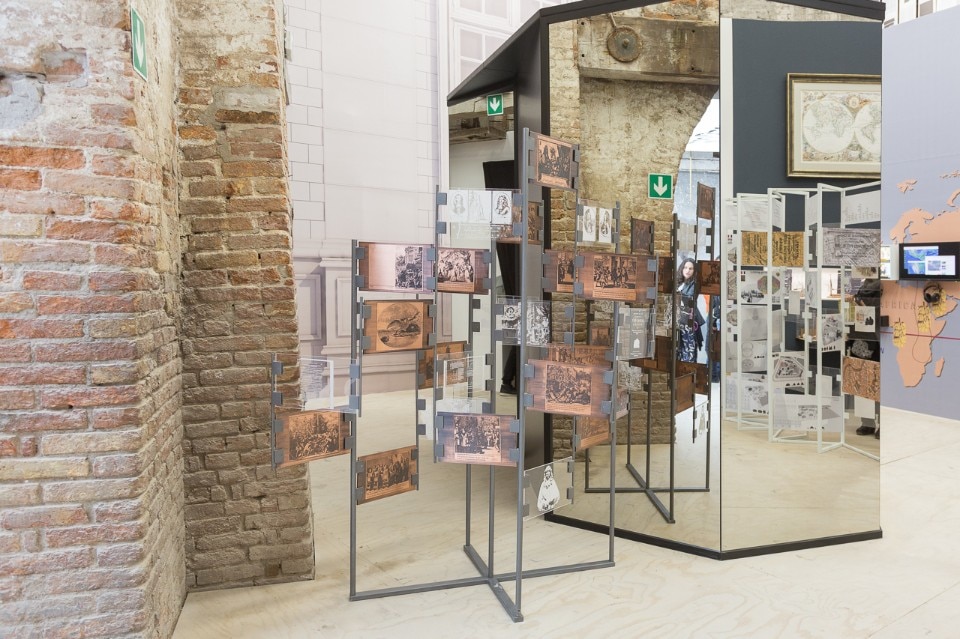
Chilean pavilion
58th International Art Exhibition - La Biennale di Venezia, “May You Live in Interesting Times”
Photo Giulia Di Lenarda
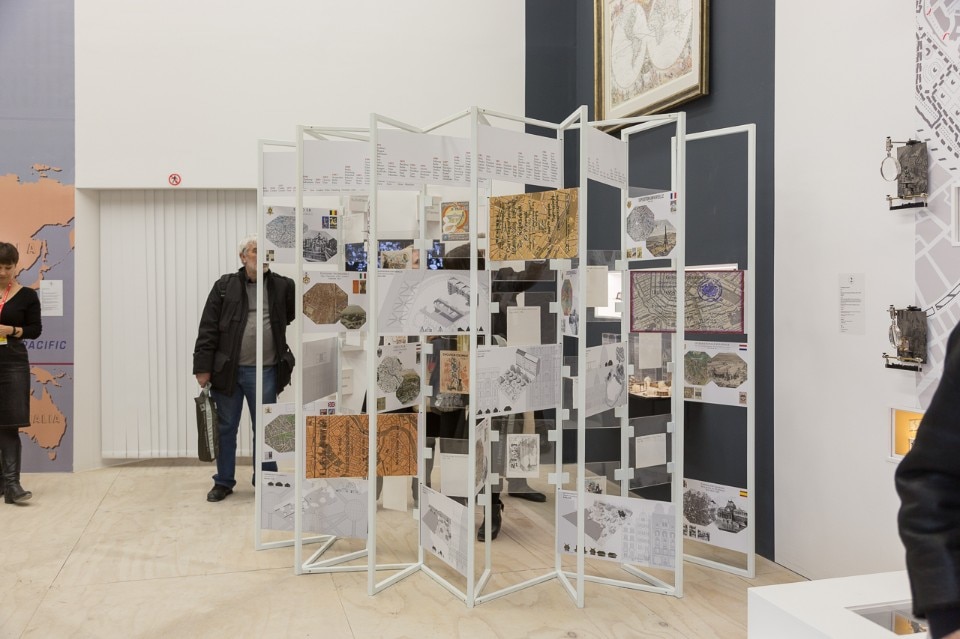
Chilean pavilion
58th International Art Exhibition - La Biennale di Venezia, “May You Live in Interesting Times”
Photo Giulia Di Lenarda
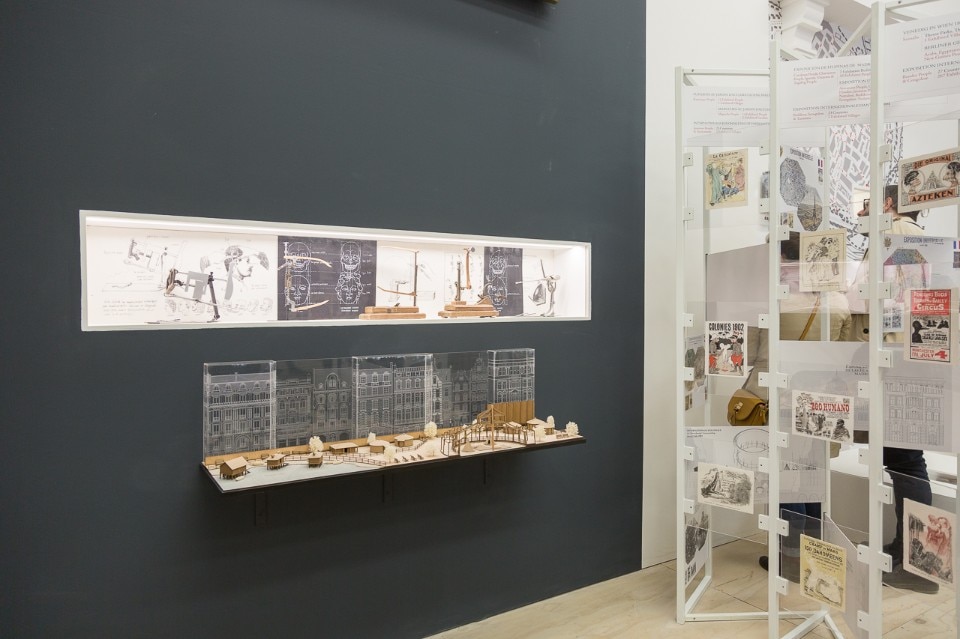
Chilean pavilion
58th International Art Exhibition - La Biennale di Venezia, “May You Live in Interesting Times”
Photo Giulia Di Lenarda
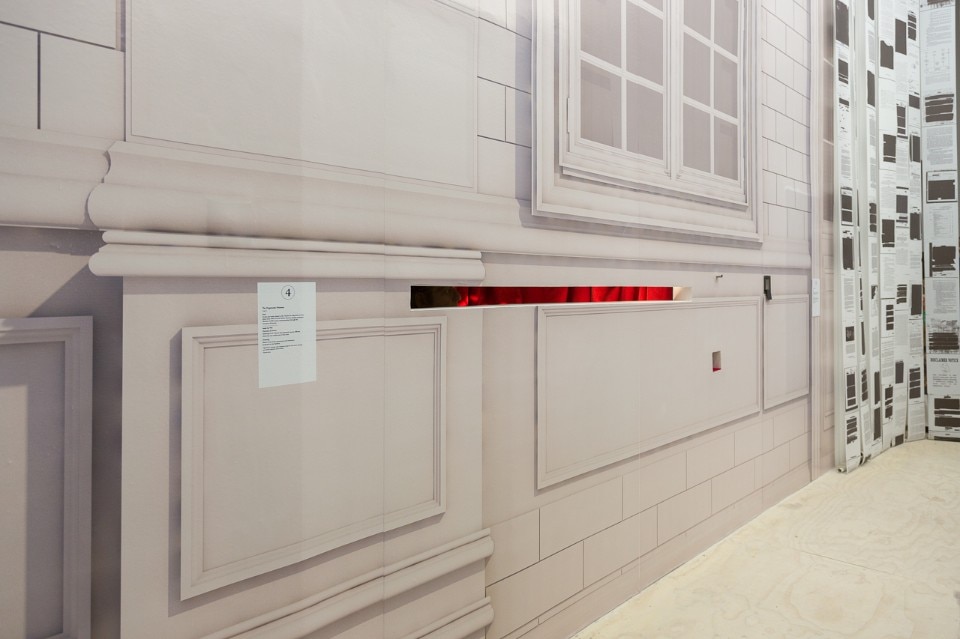
Chilean pavilion
58th International Art Exhibition - La Biennale di Venezia, “May You Live in Interesting Times”
Photo Giulia Di Lenarda
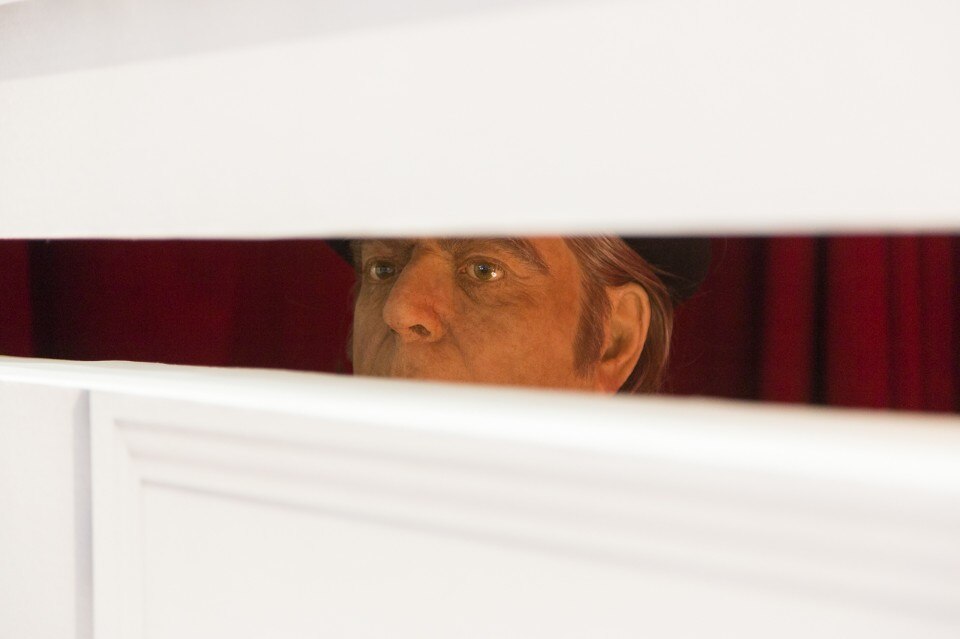
Chilean pavilion
58th International Art Exhibition - La Biennale di Venezia, “May You Live in Interesting Times”
Photo Giulia Di Lenarda
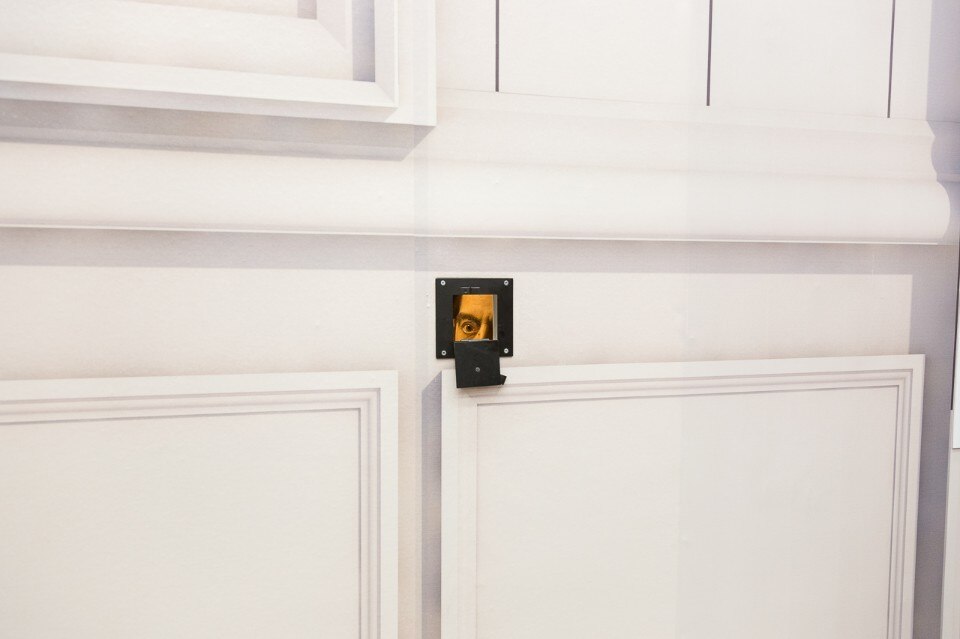
Chilean pavilion
58th International Art Exhibition - La Biennale di Venezia, “May You Live in Interesting Times”
Photo Giulia Di Lenarda
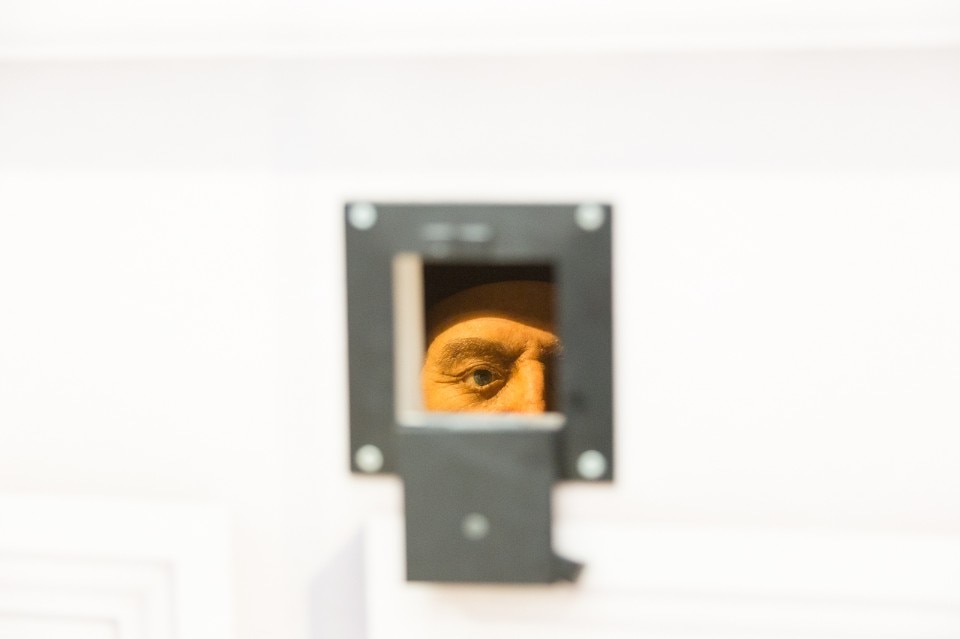
Chilean pavilion
58th International Art Exhibition - La Biennale di Venezia, “May You Live in Interesting Times”
Photo Giulia Di Lenarda
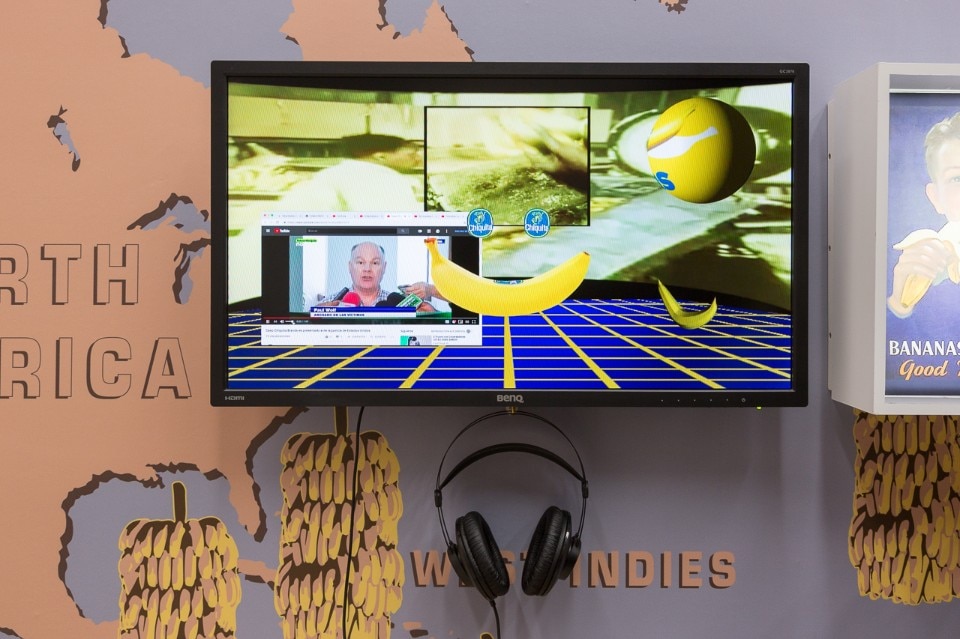
Chilean pavilion
58th International Art Exhibition - La Biennale di Venezia, “May You Live in Interesting Times”
Photo Giulia Di Lenarda
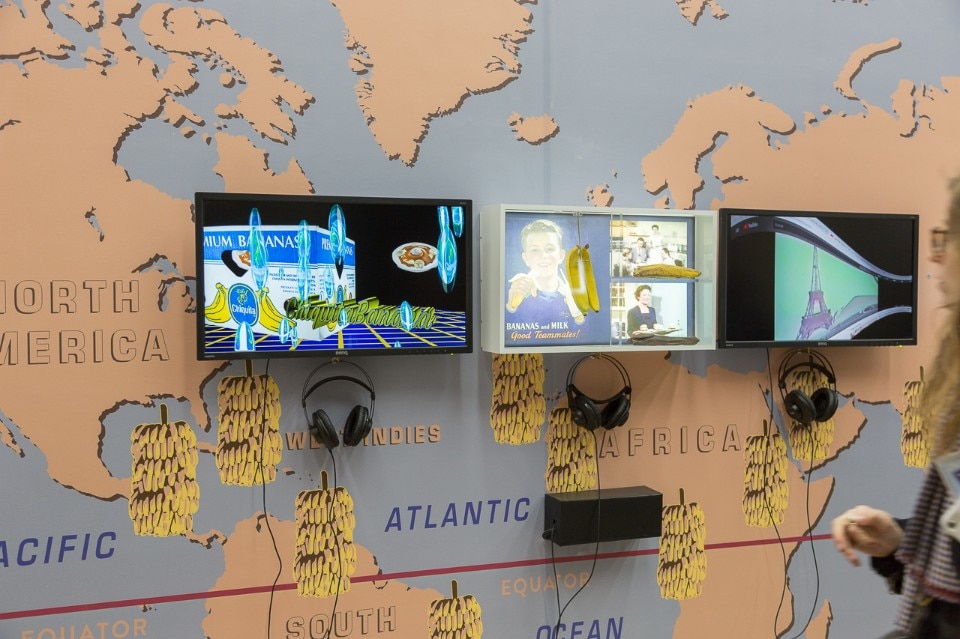
Chilean pavilion
58th International Art Exhibition - La Biennale di Venezia, “May You Live in Interesting Times”
Photo Giulia Di Lenarda
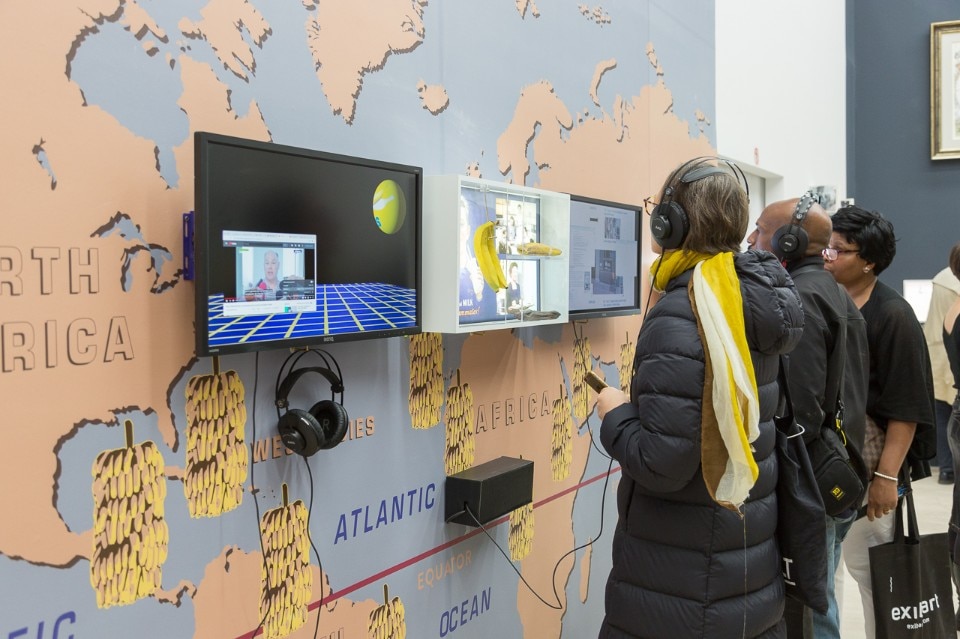
Chilean pavilion
58th International Art Exhibition - La Biennale di Venezia, “May You Live in Interesting Times”
Photo Giulia Di Lenarda
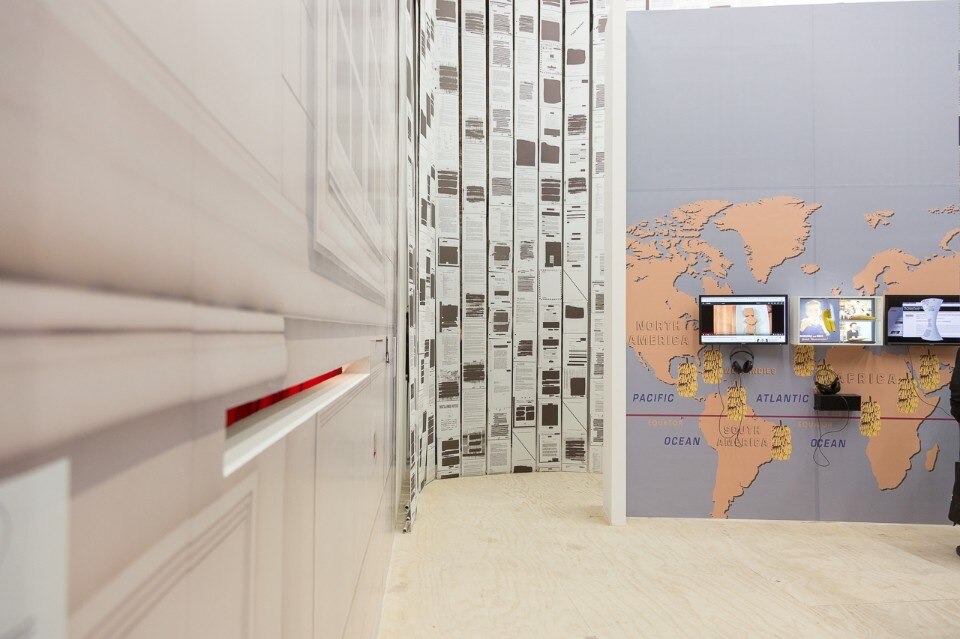
Chilean pavilion
58th International Art Exhibition - La Biennale di Venezia, “May You Live in Interesting Times”
Photo Giulia Di Lenarda
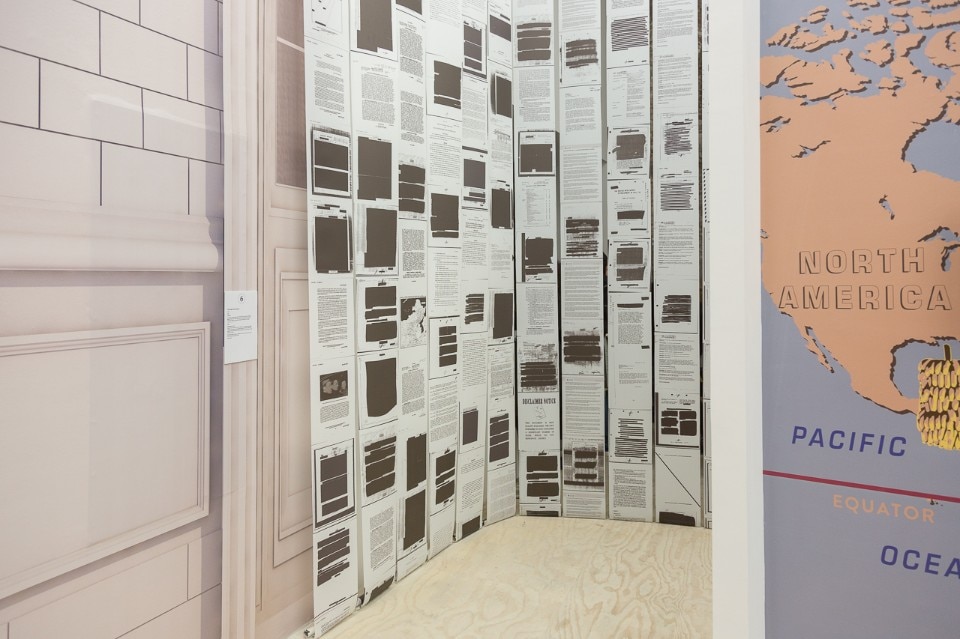
Chilean pavilion
58th International Art Exhibition - La Biennale di Venezia, “May You Live in Interesting Times”
Photo Giulia Di Lenarda
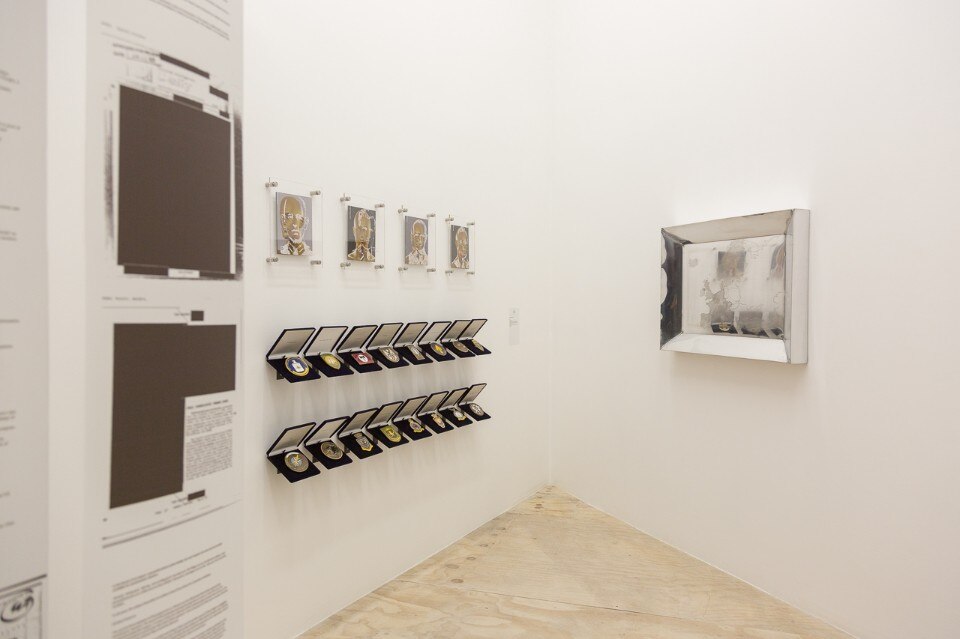
Chilean pavilion
58th International Art Exhibition - La Biennale di Venezia, “May You Live in Interesting Times”
Photo Giulia Di Lenarda
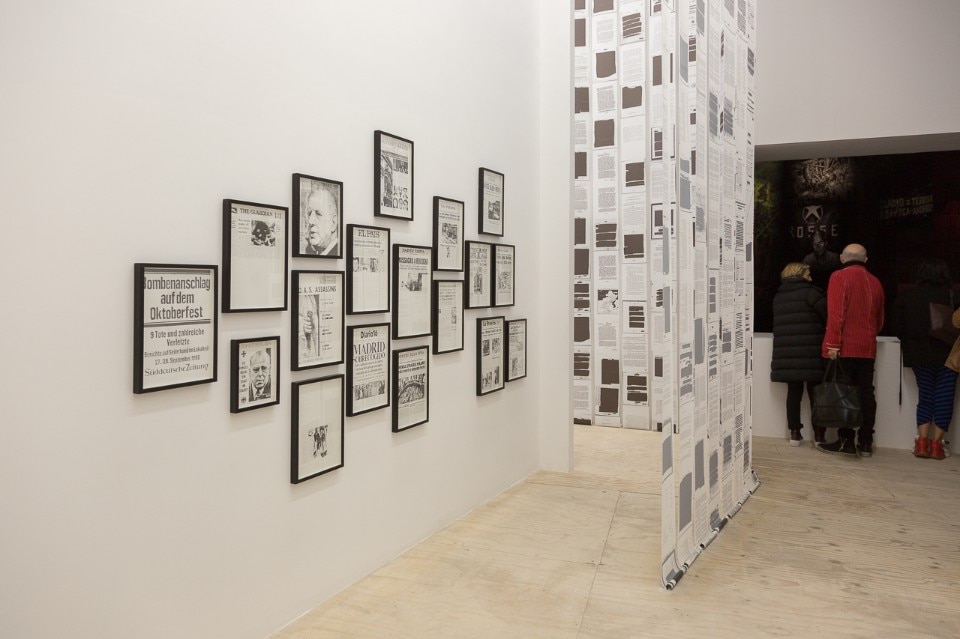
Chilean pavilion
58th International Art Exhibition - La Biennale di Venezia, “May You Live in Interesting Times”
Photo Giulia Di Lenarda
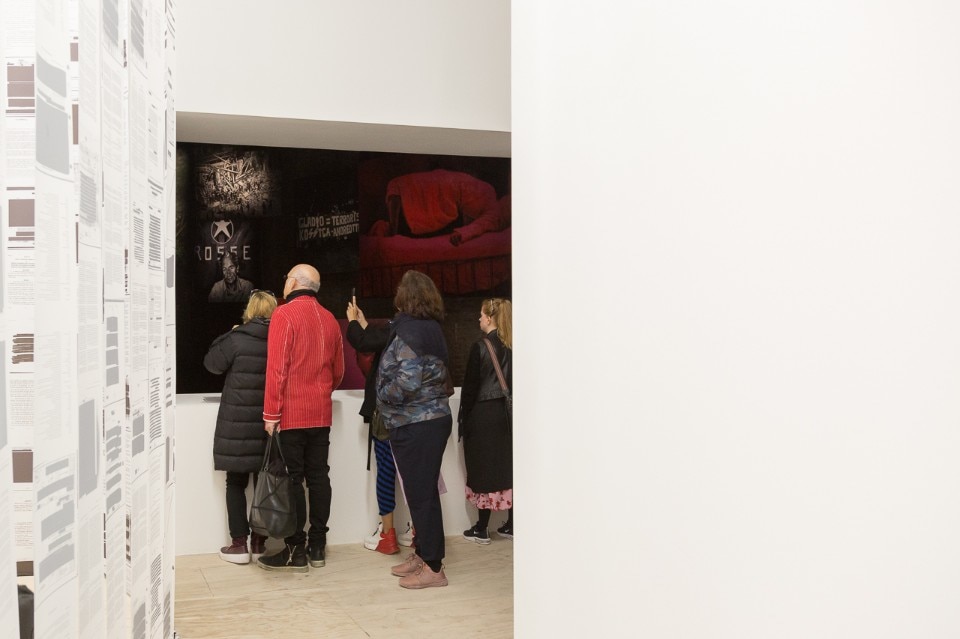
Chilean pavilion
58th International Art Exhibition - La Biennale di Venezia, “May You Live in Interesting Times”
Photo Giulia Di Lenarda
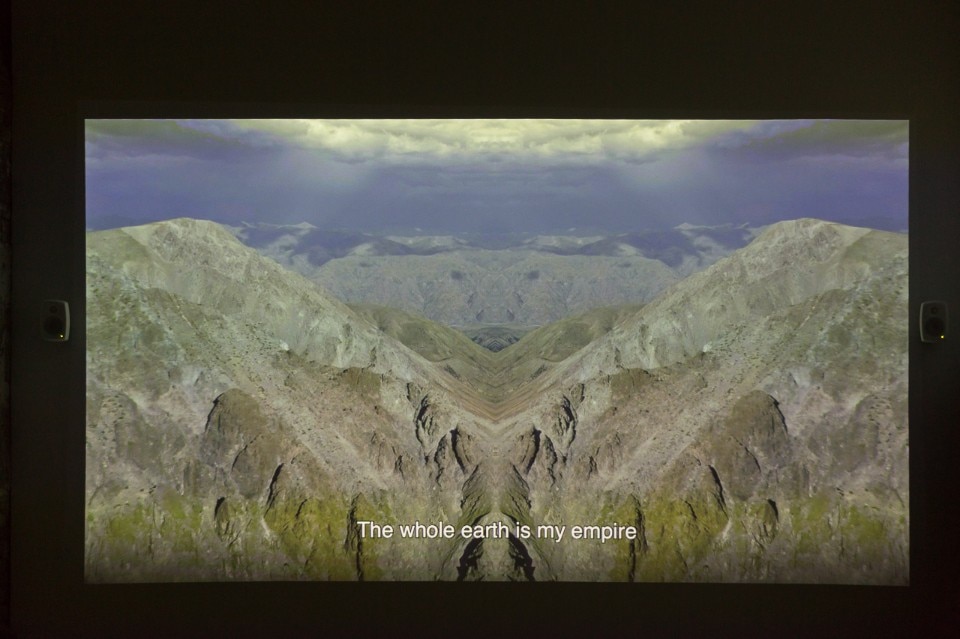
Chilean pavilion
58th International Art Exhibition - La Biennale di Venezia, “May You Live in Interesting Times”
Photo Giulia Di Lenarda

Chilean pavilion
58th International Art Exhibition - La Biennale di Venezia, “May You Live in Interesting Times”
Photo Giulia Di Lenarda

Chilean pavilion
58th International Art Exhibition - La Biennale di Venezia, “May You Live in Interesting Times”
Photo Giulia Di Lenarda

Chilean pavilion
58th International Art Exhibition - La Biennale di Venezia, “May You Live in Interesting Times”
Photo Giulia Di Lenarda

Chilean pavilion
58th International Art Exhibition - La Biennale di Venezia, “May You Live in Interesting Times”
Photo Giulia Di Lenarda

Chilean pavilion
58th International Art Exhibition - La Biennale di Venezia, “May You Live in Interesting Times”
Photo Giulia Di Lenarda

Chilean pavilion
58th International Art Exhibition - La Biennale di Venezia, “May You Live in Interesting Times”
Photo Giulia Di Lenarda

Chilean pavilion
58th International Art Exhibition - La Biennale di Venezia, “May You Live in Interesting Times”
Photo Giulia Di Lenarda

Chilean pavilion
58th International Art Exhibition - La Biennale di Venezia, “May You Live in Interesting Times”
Photo Giulia Di Lenarda

Chilean pavilion
58th International Art Exhibition - La Biennale di Venezia, “May You Live in Interesting Times”
Photo Giulia Di Lenarda

Chilean pavilion
58th International Art Exhibition - La Biennale di Venezia, “May You Live in Interesting Times”
Photo Giulia Di Lenarda

Chilean pavilion
58th International Art Exhibition - La Biennale di Venezia, “May You Live in Interesting Times”
Photo Giulia Di Lenarda

Chilean pavilion
58th International Art Exhibition - La Biennale di Venezia, “May You Live in Interesting Times”
Photo Giulia Di Lenarda

Chilean pavilion
58th International Art Exhibition - La Biennale di Venezia, “May You Live in Interesting Times”
Photo Giulia Di Lenarda

Chilean pavilion
58th International Art Exhibition - La Biennale di Venezia, “May You Live in Interesting Times”
Photo Giulia Di Lenarda

Chilean pavilion
58th International Art Exhibition - La Biennale di Venezia, “May You Live in Interesting Times”
Photo Giulia Di Lenarda

Chilean pavilion
58th International Art Exhibition - La Biennale di Venezia, “May You Live in Interesting Times”
Photo Giulia Di Lenarda

Chilean pavilion
58th International Art Exhibition - La Biennale di Venezia, “May You Live in Interesting Times”
Photo Giulia Di Lenarda

Chilean pavilion
58th International Art Exhibition - La Biennale di Venezia, “May You Live in Interesting Times”
Photo Giulia Di Lenarda

Chilean pavilion
58th International Art Exhibition - La Biennale di Venezia, “May You Live in Interesting Times”
Photo Giulia Di Lenarda
The artist has divided the pavilion and her work into three parts: the first to be encountered is the very dense Hegemonic Museum in which, through a high concentration of visual materials, six historical events are examined, allowing for a reconsideration of the notion of civilisation used by the Western World (Europe first and foremost, followed by the United States) to centralise its power, as the curator Augustin Pérez Rubio writes: “the museum serves to study and analyse the behaviour of the white, heterosexual, patriarchal, and hegemonic male, which in turn triggered the start of the project”. This is followed by “The Subaltern Portrait Gallery” which, in opposition to the classic effigies of Monarchs and heroes, offers the representation of individuals which incarnate the archetypes of oppression examined by the six case studies from the preceding section. The final act in this re-interpretation of history is “The Emancipating Opera” in which an alternation of hegemonic and subaltern voices sing in chorus.
Opening picture: a view from the Chilean pavilion. Photo Giulia Di Lenarda
- Pavilion:
- Chile
- Artist:
- Voluspa Jarpa
- Curator:
- Agustín Pérez Rubio
- Venue:
- 58th International Art Exhibition - La Biennale di Venezia
- Where:
- Venice Arsenale
- When:
- 11th May - 24th November 2019


